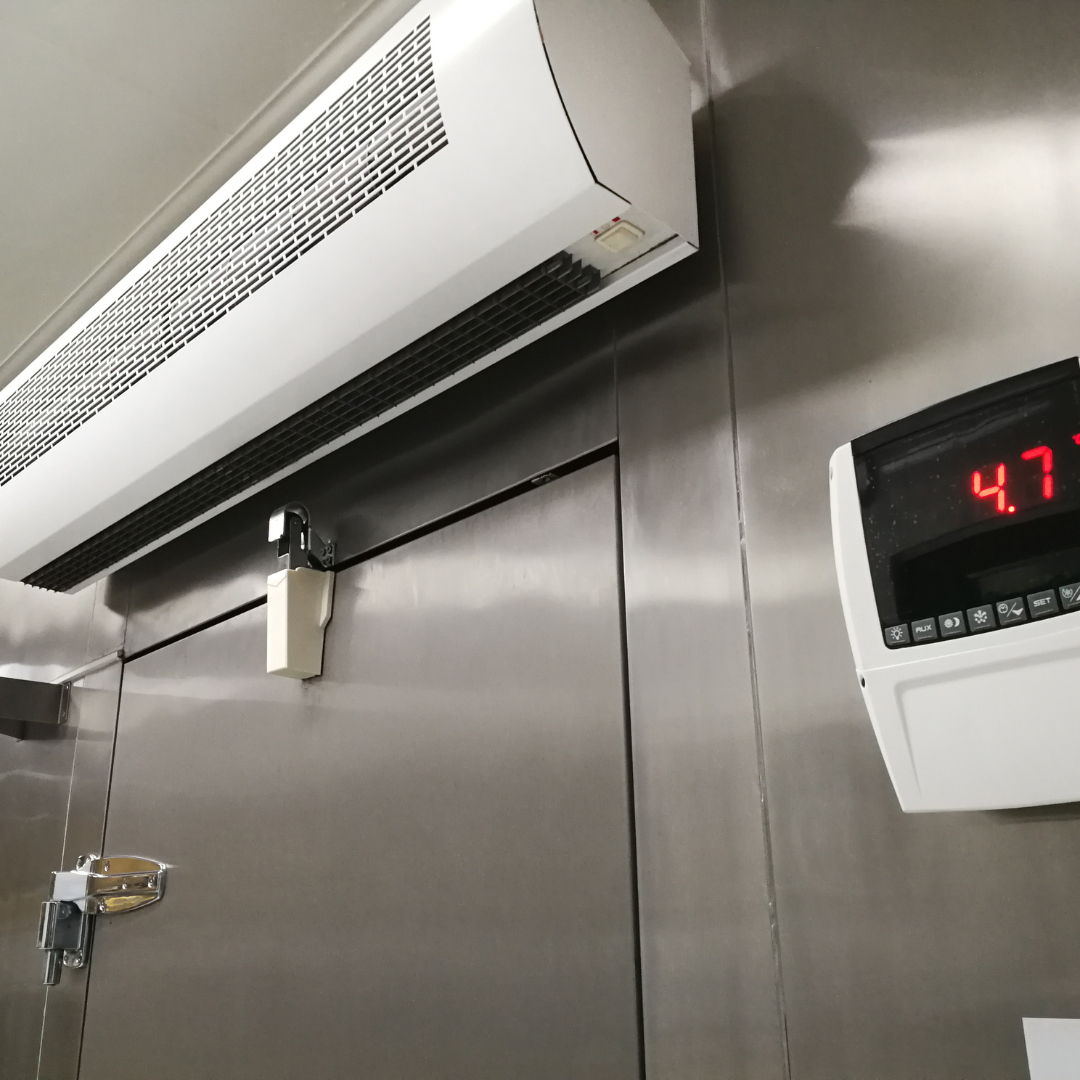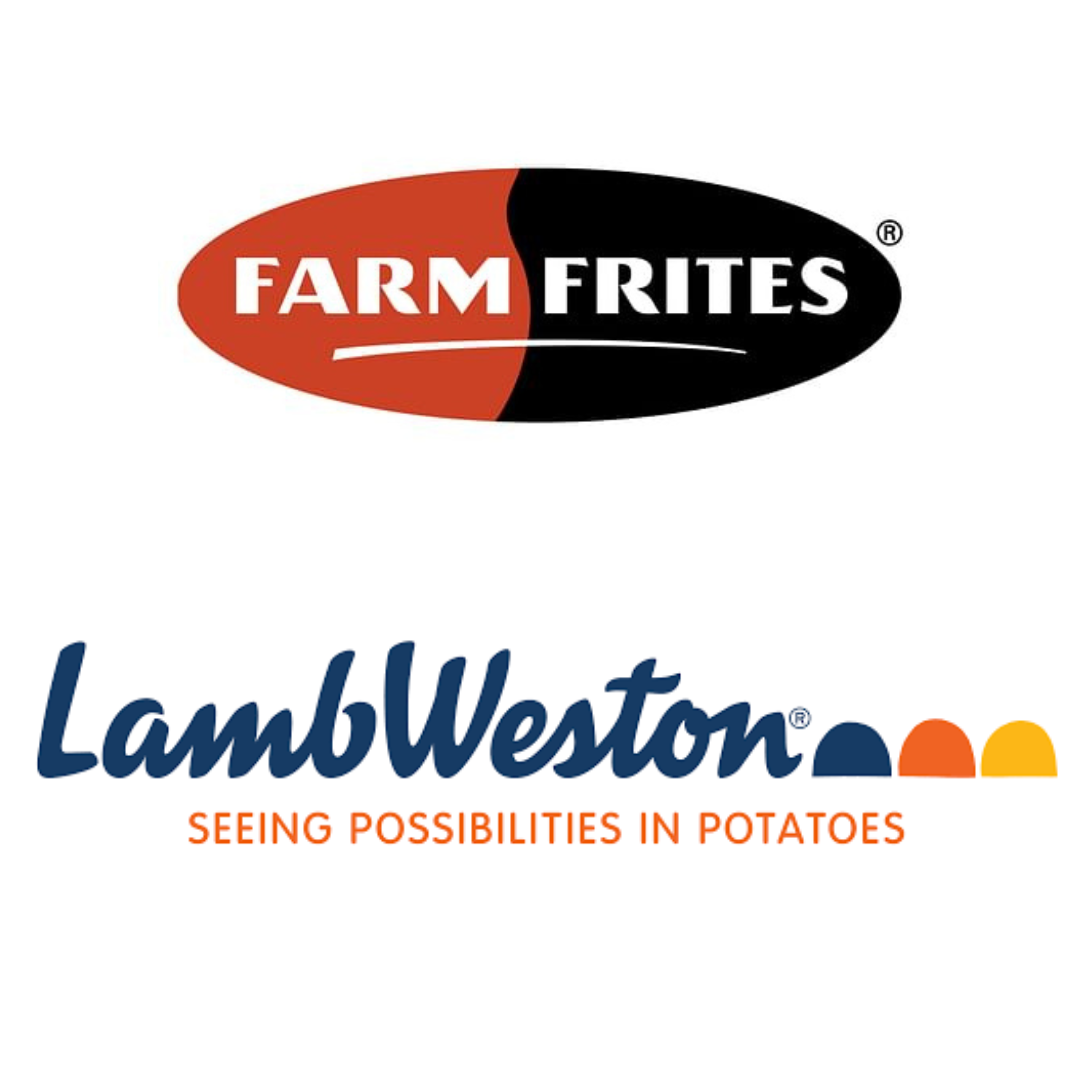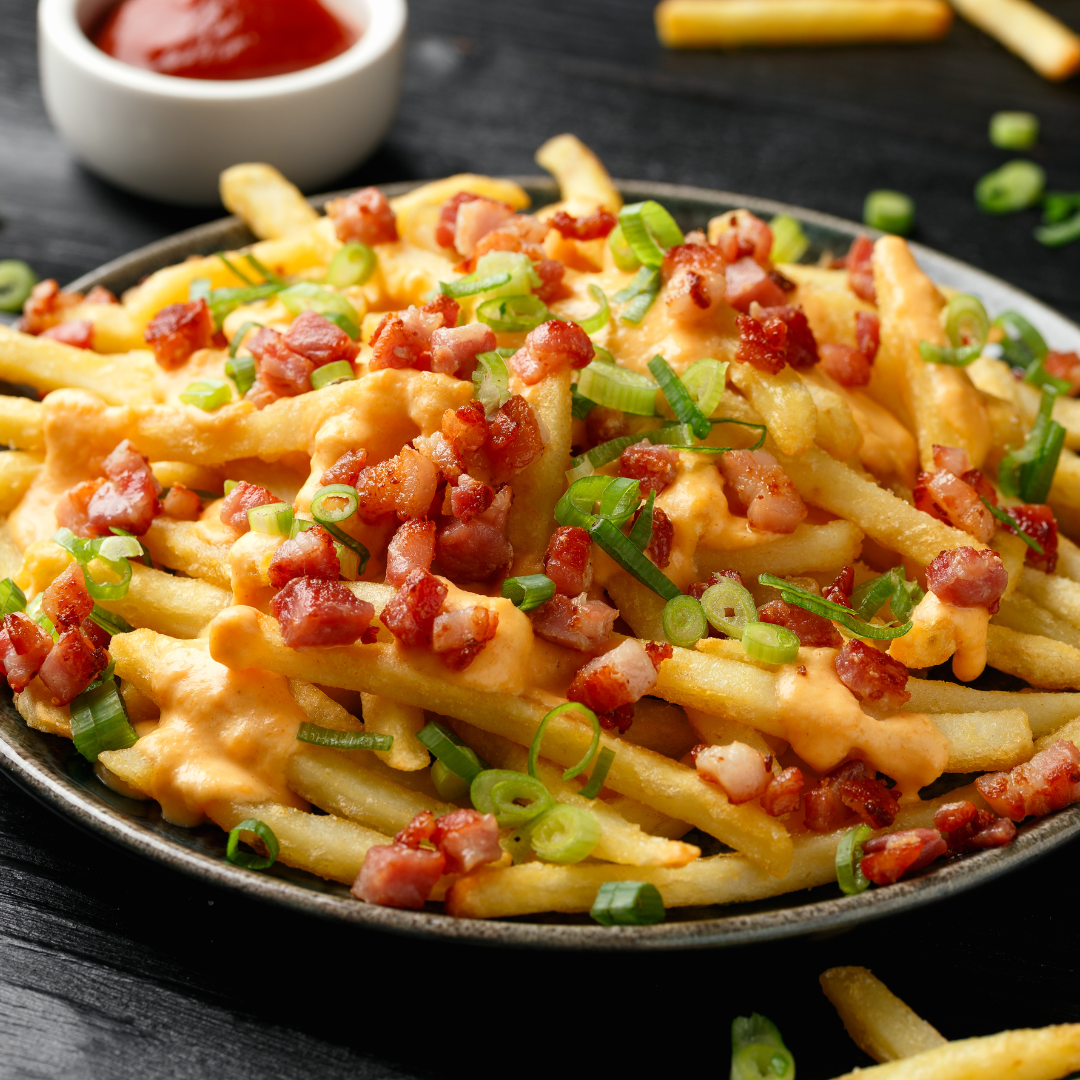For a restaurant purchaser, choosing the right frozen french fries isn't just about picking any bag off the shelf. It's a decision that impacts your kitchen's efficiency, your customers' dining experience, and ultimately, your business's bottom line. In this article, we'll explore the ten crucial things you need to know when purchasing frozen french fries for your restaurant. Whether you're a seasoned professional or new to the food service industry, these insights will help you make informed decisions that delight your customers and keep them coming back for more.
#1 Understanding Your Customers' Preferences
Knowing what your customers prefer can guide your purchasing decisions.

As a restaurant manager, I've witnessed firsthand the power of understanding customer preferences. It was a lesson I learned early in my career when I managed a quaint diner known for its homestyle cooking. We prided ourselves on our french fries, but one day, I noticed a drop in repeat customers. After some digging, I discovered that our fries, though beloved by some, weren't universally appealing. Some patrons found them too thick, while others preferred a different seasoning.
To turn things around, we started asking our customers directly about their preferences. We conducted informal surveys and paid close attention to feedback. The results were eye-opening: our patrons wanted a mix of options, including classic shoestring fries and seasoned wedges. By adapting to these preferences, we saw an immediate boost in customer satisfaction and return visits.
Questions to Consider
- What type of fries do your customers prefer: shoestring, steak, crinkle-cut, or seasoned?
- Have you gathered feedback directly from your customers about their french fry preferences?
Real Example
Consider the story of the popular Filipino restaurant in North America - Max’s. They found that by diversifying their fry offerings and introducing a popular new style—sweet potato fries—they not only met customer demands but also attracted a new, health-conscious clientele. This strategic move was backed by data from customer surveys and taste tests, illustrating the importance of understanding and responding to customer preferences.
By taking the time to know your customers' tastes, you can tailor your french fry selection to match their expectations, enhancing their dining experience and fostering loyalty. After all, in the competitive food service industry, those small, thoughtful adjustments can make a significant difference.
#2 Quality and Consistency
High-quality fries ensure consistent taste and texture, crucial for customer satisfaction.
In the world of hospitality, consistency is king. I recall an incident from my time managing a busy hotel kitchen where we decided to experiment with a cheaper brand of frozen french fries to cut costs. Initially, the savings were evident on paper, but the repercussions soon became clear. Some batches were overly greasy, while others were undercooked despite following the same cooking process. The complaints from guests started piling up, and our once bustling dining area saw a noticeable drop in patronage.
To rectify the situation, we reverted to a trusted premium brand known for its consistent quality. The difference was night and day. Each batch of fries came out uniformly crispy and delicious, restoring our reputation for serving top-notch meals. This experience underscored the importance of investing in quality, as it directly impacts the reliability of your kitchen's output and the satisfaction of your guests.
Questions to Consider
- How do different brands ensure the quality and consistency of their fries?
- Have you noticed any inconsistencies in the fries you currently use?
Case Study
A case study involving a chain of upscale restaurants revealed that switching to a higher-quality brand of frozen fries reduced kitchen waste and increased customer satisfaction scores. The premium fries cooked evenly and maintained their texture, which not only delighted guests but also improved kitchen efficiency and reduced food costs due to less wastage.

#3 Nutritional Value
Cater to health-conscious customers by offering fries with better nutritional profiles.

In today's health-conscious world, more diners are scrutinizing the nutritional content of their meals. I remember implementing a health-focused menu at a trendy bistro I managed. We introduced low-fat, low-sodium options, including a healthier version of french fries made with alternative oils and reduced sodium content. Initially, I was skeptical about how our patrons would react, but the feedback was overwhelmingly positive. Not only did we retain our regular customers, but we also attracted a new crowd who appreciated our commitment to healthier choices.
Questions to Consider
- Are you meeting the dietary needs of health-conscious diners?
- Have you explored low-fat, low-sodium, or organic options for your french fries?
Case Study
A restaurant that introduced sweet potato fries as a healthier alternative saw a significant uptick in sales. The move appealed to diners looking for nutritious options without compromising on taste. This strategic addition helped the restaurant stand out in a competitive market and demonstrated their responsiveness to evolving customer preferences.
#4 Cooking Versatility
Fries that can be cooked using various methods provide flexibility in the kitchen.
Cooking versatility is a game-changer, especially in busy kitchens. I recall the challenges we faced during a particularly hectic holiday season at a high-end restaurant I managed. We had to balance the demand for quick service with maintaining the quality of our dishes. Opting for a versatile brand of frozen fries that could be fried, baked, or air-fried proved to be a lifesaver. This flexibility allowed us to adapt quickly, whether we were short on fryer space or needed to meet specific dietary requests from guests.
Questions to Consider
Which cooking methods are most commonly used in your kitchen?
Are your current fries versatile enough to be prepared in multiple ways?
Real Example
A fast-casual chain successfully integrated an air fryer option for their fries, catering to health-conscious customers without compromising on taste. This innovation not only diversified their menu but also enhanced their brand's appeal to a broader audience.

#5 Supplier Reliability
Dependable suppliers ensure timely delivery and consistent product quality.

Supplier reliability is the backbone of any successful kitchen. In my experience managing a large hotel, we once faced a significant setback due to an unreliable supplier. Delays and inconsistent deliveries threw our kitchen operations into chaos, leading to disappointed guests and stressful service periods. We learned the hard way that a dependable supplier is worth their weight in gold. By partnering with a reputable supplier, we ensured timely deliveries and maintained the high standards our guests expected.
Questions to Consider
- How reliable is your current supplier in meeting your needs?
- Do you experience frequent delays or issues with your supplier?
Real Example
Consider the story of a family-owned restaurant that struggled with inconsistent deliveries until they switched to a reliable supplier. The change not only stabilized their kitchen operations but also allowed them to focus on what they did best: serving delicious food. The improved reliability translated into higher customer satisfaction and smoother daily operations.
#6 Cost-Effectiveness
Balance cost with quality to ensure profitability.
Balancing cost and quality is a delicate act. During my tenure at a high-volume restaurant, we constantly evaluated the cost-effectiveness of our ingredients. While premium fries seemed expensive initially, a thorough analysis revealed that their consistent quality reduced waste and ensured every serving met our high standards. The initial investment paid off as we saw a decrease in food costs over time due to fewer returns and happier customers.
Questions to Consider
Are you getting the best value for your money with your current fries?
Have you considered the long-term cost implications of cheaper fries?
Case Study
A chain of diners conducted a cost-benefit analysis and found that switching to a premium brand of fries, despite the higher upfront cost, resulted in overall savings. The premium fries had a lower defect rate and higher customer approval, which enhanced the brand's reputation and profitability.

Tip #7 Shelf Life and Storage
Ensure you can implement proper storage techniques to maintain the quality of frozen fries.

Proper storage is crucial for maintaining the quality of frozen fries. I remember the logistical challenges we faced in a small bistro where freezer space was limited. We learned to optimize our storage techniques to ensure that our fries remained fresh and of high quality. Using proper labeling, rotating stock, and maintaining optimal freezer temperatures were key practices that minimized waste and kept our fries tasting their best.
Questions to Consider
- Are you storing your fries in the best possible conditions?
- Have you optimized your storage space to reduce waste?
Real Example
A hotel kitchen reduced waste significantly by implementing strict storage protocols. Properly rotating stock and monitoring freezer temperatures ensured that their fries maintained optimal quality, leading to better customer satisfaction and reduced food costs.
Tip #8 Brand Reputation
Choosing reputable brands known for their quality products.
Brand reputation often correlates with product quality. In my career, I've seen how aligning with trusted brands can enhance a restaurant's credibility. At a boutique hotel I managed, we exclusively used products from brands renowned for their quality. This decision instilled confidence in our guests, knowing that we prioritized excellence in every aspect of our service. Trusted brands often go the extra mile in ensuring their products meet high standards, which reflects positively on your establishment.
Questions to Consider
- Do you prioritize brand reputation when making purchasing decisions?
- How does the brand reputation of your suppliers impact your business?
Case Study
A case study of a restaurant chain that partnered with a well-known brand revealed increased customer trust and loyalty. The association with a reputable brand helped the restaurant maintain high standards and attract discerning diners.

Tip #9 Customer Feedback and Reviews
Leveraging customer feedback to make informed purchasing decisions.

Customer feedback is invaluable for making informed decisions. At a family-run restaurant where I worked, we made it a point to regularly gather and analyze customer reviews. This practice helped us stay attuned to our guests' preferences and address any issues promptly. When we noticed a trend in requests for a particular style of fries, we tested it and saw a positive response. This approach not only improved our menu but also showed our customers that we valued their opinions.
Questions to Consider
- How often do you gather and act on customer feedback regarding your fries?
- Are you using feedback to continuously improve your offerings?
Real Example
A popular café chain increased its customer satisfaction scores by implementing changes based on feedback. By introducing a new fry option that customers frequently requested, they demonstrated their commitment to meeting diners' needs and preferences.
Tip #10 Innovative Products and Trends
Staying updated with the latest trends and innovations in frozen fries.
Innovation keeps your menu exciting and relevant. I recall a time when we introduced truffle fries at a chic downtown restaurant. The trend was gaining popularity, and we wanted to capitalize on it. The introduction of this innovative option not only attracted a new clientele but also positioned us as a forward-thinking establishment. Staying updated with trends like sweet potato fries, seasoned options, and alternative cuts can set your restaurant apart from competitors.
Questions to Consider
- Are you keeping up with the latest trends in frozen fries?
- How can innovative fry options enhance your menu and attract new customers?
Real Example
A food truck known for its creative take on classic dishes saw immense success by introducing trendy fry options like garlic parmesan and spicy cajun fries. These unique offerings became a signature item, drawing food enthusiasts from all over the city.

Conclusion
The importance of making informed decisions when purchasing frozen french fries cannot be overemphasized. Consider these key points to enhance their menu, satisfy their customers, and ultimately boost your business's success. Remember, choosing the right fries is not just about cost but about the overall dining experience and brand reputation.
Among the world’s most reputable french fries brands are Lamb Weston and Farm Frites, and both are available here.
Have you had any interesting tips in purchasing frozen french fries for your restaurant? Share your experiences in the comments.



